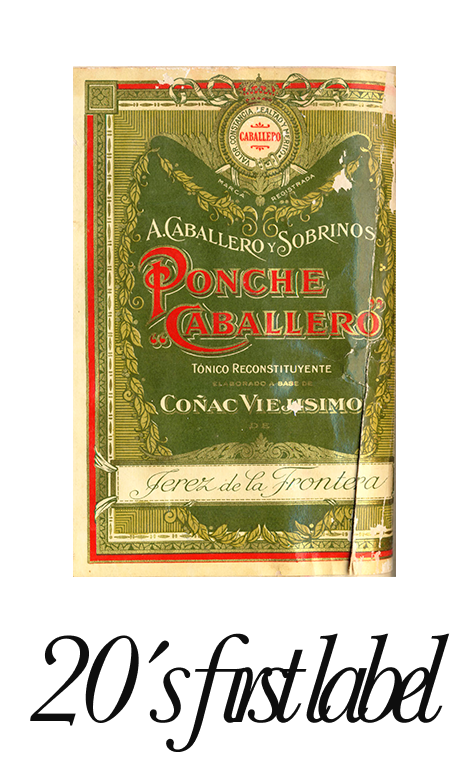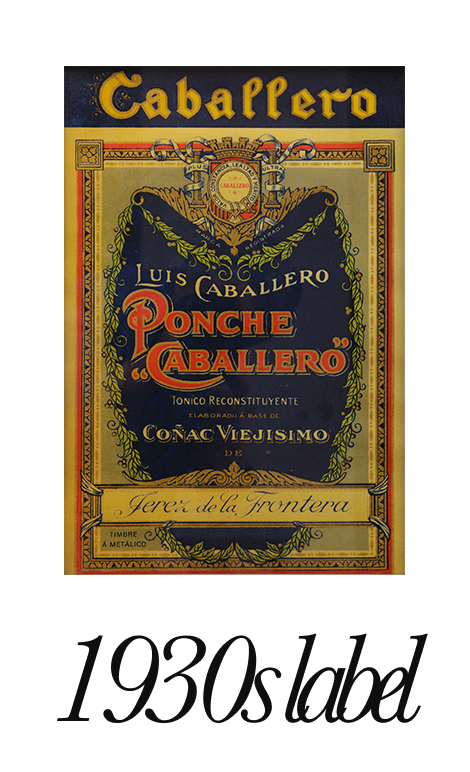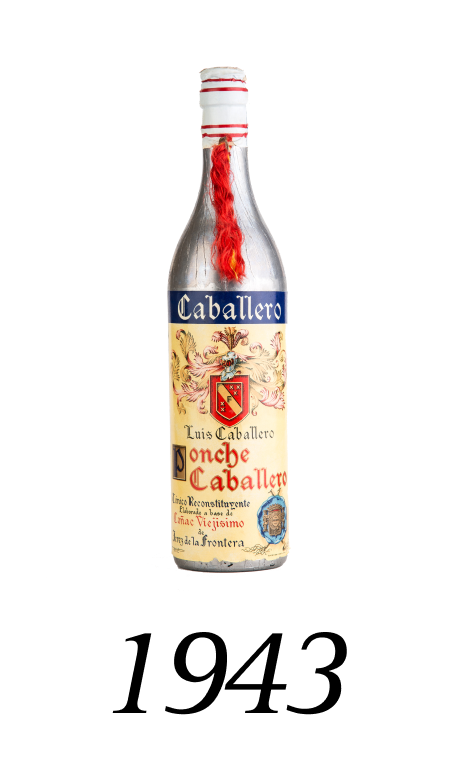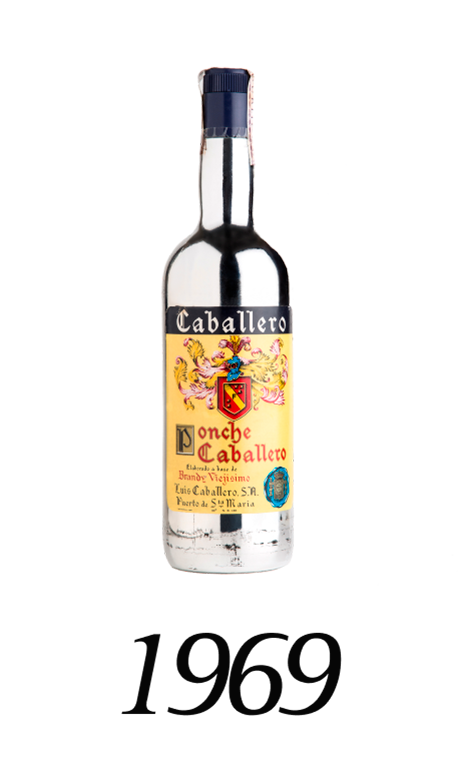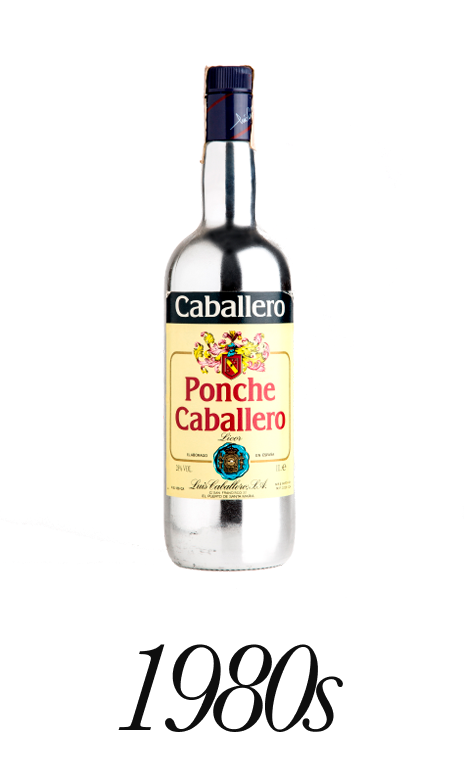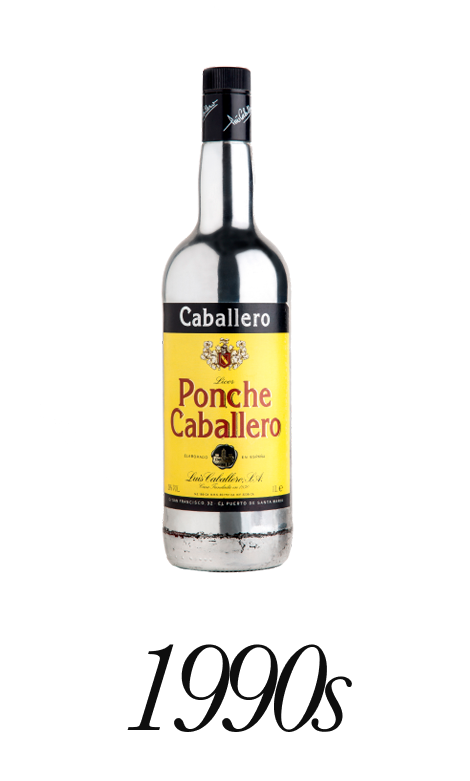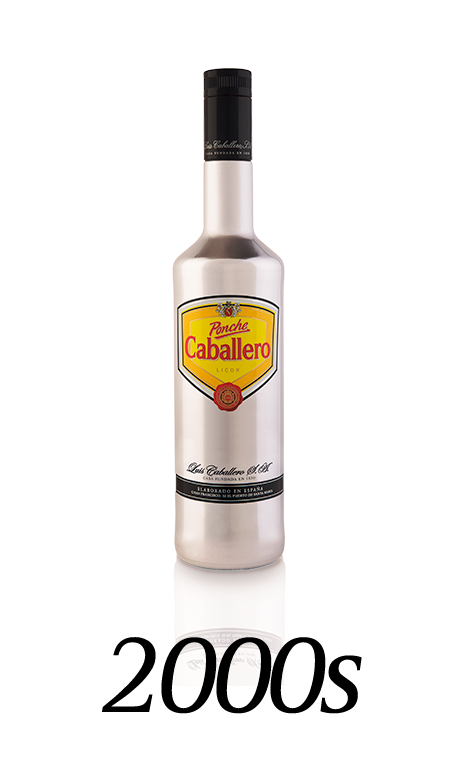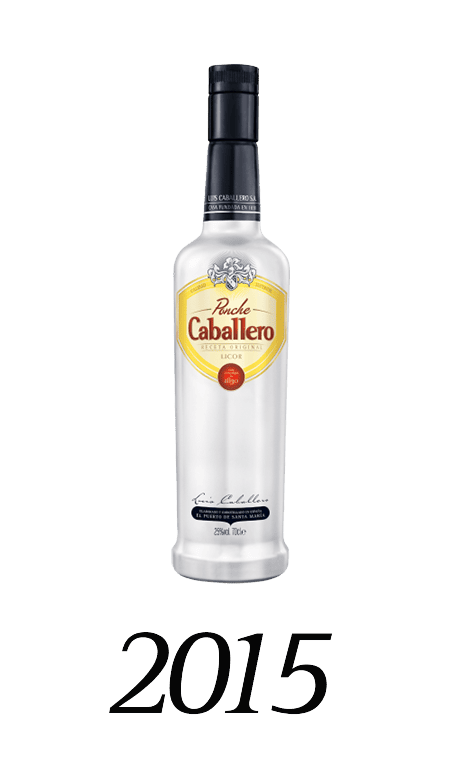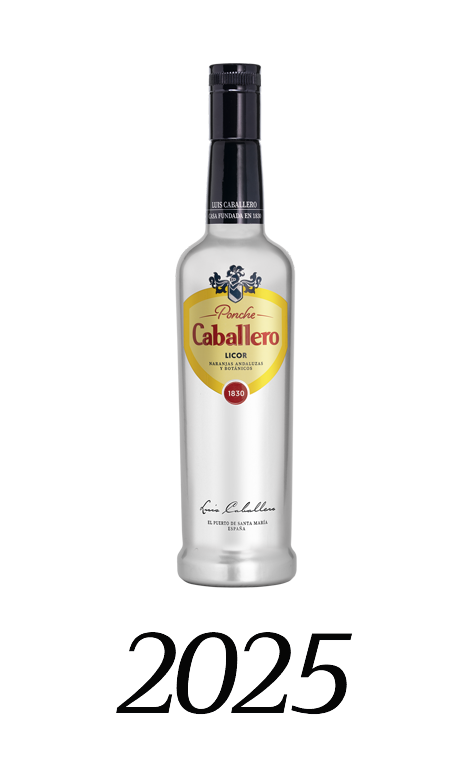The best stories
are the ones that hide
A BIG SECRET

It originates from ancient Persia, where a similar drink was made and was known as “panj,” referring to the five ingredients used: spirits, sugar, lemon, water, and tea. The recipe reached the British in the 17th century through Indian culture and was popularized with the expansion of the British East India Company worldwide. The British called it “punch,” which evolved into the current name in Spanish.

s. XVII
The consumption of punch spread throughout the Western world, with recipes varying by country and adapting to local tastes, establishing it as the drink for celebrations and special occasions.
D. José Cabaleiro fused local spirits like Brandy with the tradition of Galician queimada and ingredients easily found in the region, such as Andalusian oranges, with others that regularly arrived at Andalusian ports, such as cinnamon from Sri Lanka, vanilla from Mexico, cloves from Madagascar, and nutmeg from Indonesia. This resulted in a unique and legendary recipe with almost 200 years of history.
Ponche Caballero made a comeback in the 1940s, after the wars, and first spread throughout Andalucía. By the 1950s, it had expanded across Spain, becoming a reference Spanish liqueur both domestically and in some European and American markets. Its main signature is its silver bottle, which made us pioneers and a benchmark for others, a faithful inheritance of the traditional silver punch bowls used to prepare and serve punch at the most prestigious high-society parties. This identity has remained unchanged over time and has adapted to the aesthetics, styles, and advanced techniques of each era.
